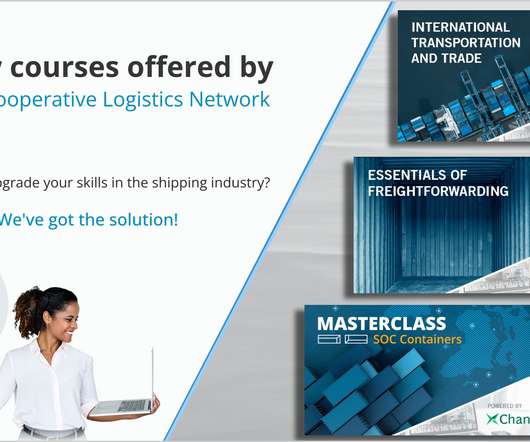Understanding Reverse Logistics: Turning Challenges into Opportunities
Log-hub
DECEMBER 10, 2024
Many companies lack the tools or systems to monitor items effectively, which leads to mismanagement and can even lead to lossing opportunities for value recovery. Overcoming these requires strategic planning and the right tools. More resources are waiting for you in our Knowledge base. STILL CURIOUS? Explore NEED SUPPORT?





















Let's personalize your content